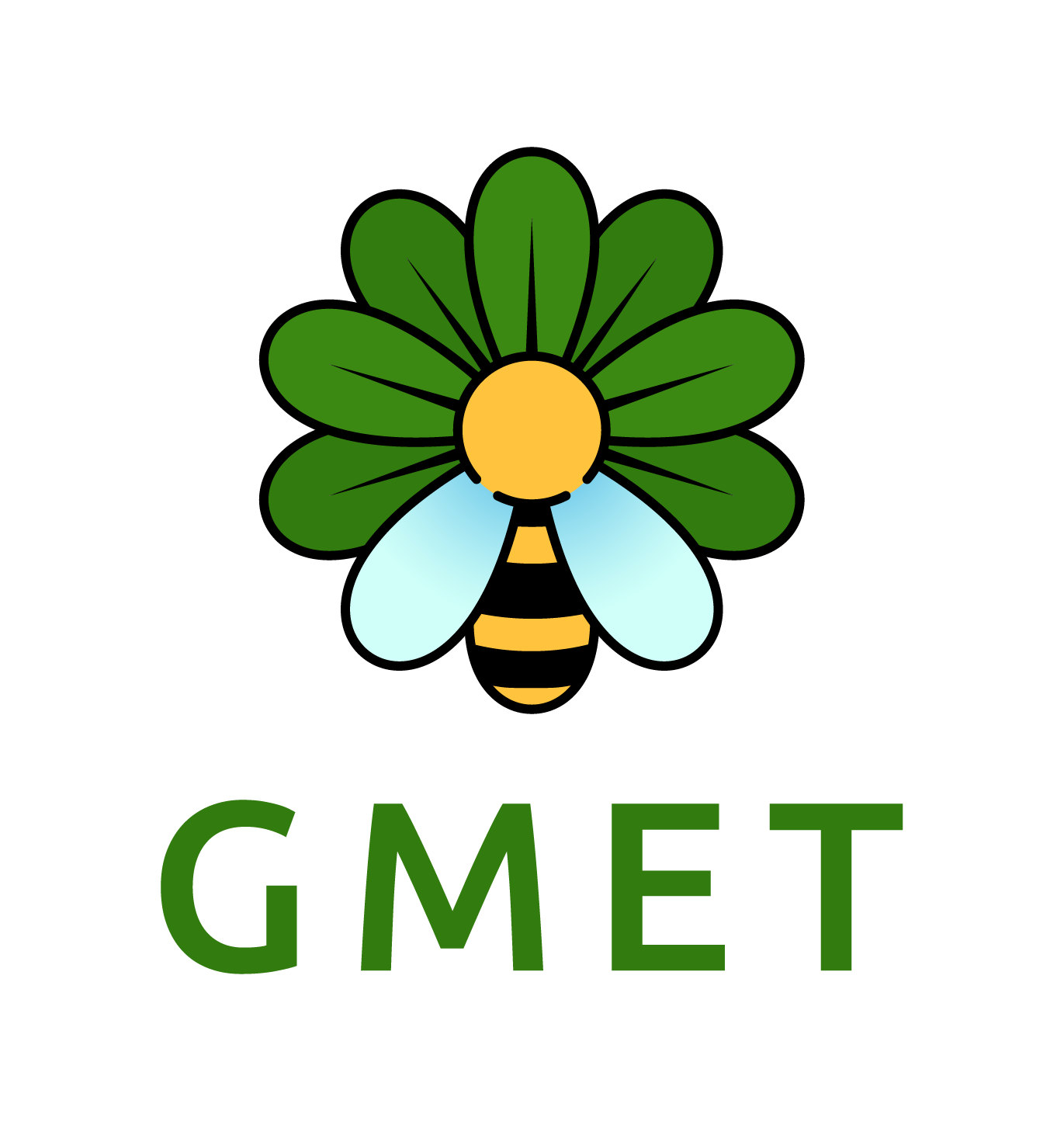Background
Reddish Vale Country Park is a former industrial site in an unexpectedly tranquil valley below the M60 motorway and spans 161 hectares along the River Tame in the heart of Stockport. The Park is well-used by local people, even more so since Covid 19, especially as it is located in one of the most deprived areas in England. The Vale has recently been designated as a Local Nature Reserve and along with the River Tame provides important habitats for a range of wildlife species.
The Need
Access to the river and areas around the Park for local communities is constrained by the inadequate extent of accessible footpaths, which limits access for people with mobility difficulties, wheelchair users and families with children in buggies.
The ecology of the River Tame and adjacent riverside is poor with the number and variety of fish low. Birds, bats and small mammals are also hindered from using the river corridor because of the poor condition of the riparian habitat. There are areas of Invasive None Native Species (INNS) which impact on the biodiversity and, in case of giant hogweed, pose a risk to the public.
Our Solution
We aim to improve the habitat for wildlife and the facilities for visitors by:
-
Reclaiming a former industrial pond, which is becoming carr woodland, to maintain a valuable wetland habitat for birds, bats and freshwater invertebrates;
-
Creating a hard-surfaced path around the wetland to enable access for people with limited mobility and for families using buggies;
-
Installing viewing areas and seats for people to pause and observe the natural world;
-
Creating a new area of wetland to provide more habitat and also contribute to reducing downstream flooding by slowing the flow of the River Tame;
-
Revitalising a former millstream by restoring the water flows in and out, ensuring a cleaner habitat for the wildlife using the pond and a more attractive view for visitors;
-
Building an artificial sand martin wall to replace a natural bank lost in a flood event;
-
Improving the bankside habitat through removing Invasive Non-native Species (INNS) and stabilising the banks through for example planting willow.
Our Proposed Impact
Our project will cost approximately £160,000 and will deliver the following benefits for people and wildlife:
-
3km of riparian habitat will have been improved;
-
1.5ha of wetland will have been enhanced to provide more habitat for wetland birds, bats and invertebrates;
-
A sand martin habitat will have been reinstated;
-
The reserve will become a more accessible and inviting place to visit and will attract more people through the creation of 800m of accessible footpath;
-
An angling pond will have been restored;
-
4 volunteers will have qualified in the control of vegetative INNS;
-
10 people will have been trained in river conservation skills.

